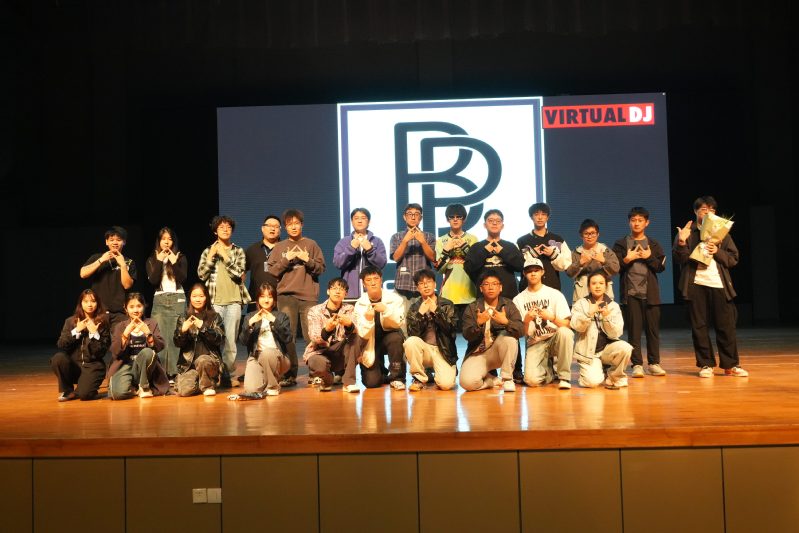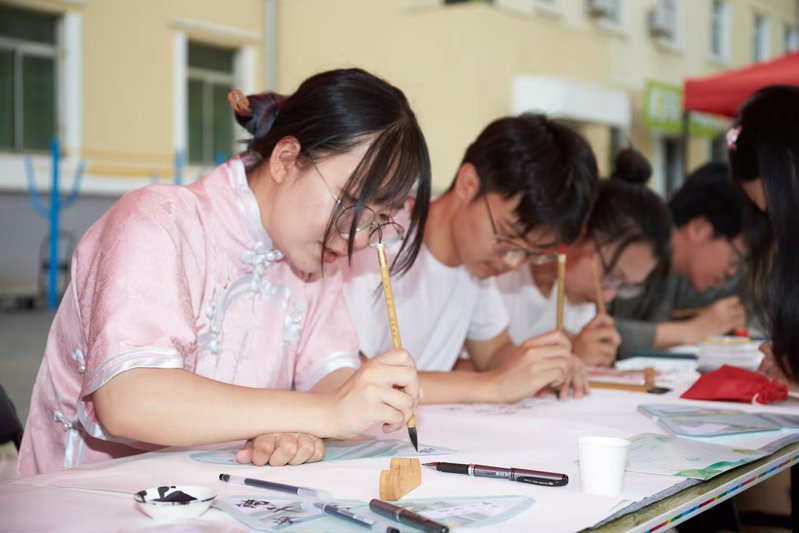Harbin Institute of Technology boasts nearly 200 student clubs that hold recruitment events at the beginning of every semester. These clubs creat a vibrant and bustling scene during the recruitment period.
The university is home to 125 cultural and sports clubs. Our sports clubs, leveraging their unique characteristics, organize a diverse range of activities including story-sharing sessions, sports clinics, competitive experiences, and skill-exchange matches. We are committed to building a series of high-quality and influential signature events, developing winter sports programs, and promoting fun, highly participatory athletic activities. These efforts ensure both broad coverage and depth in our competitive offerings, steadily creating a vibrant campus environment with events held monthly and activities weekly. On average, these initiatives attract over 10,000 student participations each year.
The university’s Art Troupe comprises five student groups: the Symphony Orchestra, Military Band, Chinese Music Orchestra, Dance Team, and Choir. It has been honored as one of Heilongjiang Province’s first “Outstanding College Art Troupes.” Each year, the troupe conducts more than 100 training sessions and performances, taking part in major campus events such as the Welcome Gala, Graduation Concert, and anniversary celebrations. In line with the province’s “High Art on Campus” initiative, the troupe has also performed at multiple universities across Heilongjiang.
Labor education clubs represent another key segment of HIT’s student organizations. The university deeply integrates talent development and academic advancement into hands-on labor education, maximizing its educational value. Annually, more than 2,000 teams—comprising over 30,000 students and 1,000 faculty members—engage in extensive activities. These initiatives guide students to identify real-world challenges within social contexts and deliver practical, meaningful outcomes. The university actively promotes volunteer services, engaging over 14,000 participants annually on average. Through these hands-on labor education activities, young students continue to grow both intellectually and ethically, demonstrating the vitality and sense of responsibility that define the new generation.










